This morning a text notification scrolled across the top of my iPhone, letting me know that today is Extreme Sunday, the last day of the Iowa State Fair. Despite the fact that admission is half-price, John and I stayed home. We did, however, visit the Fair this past Tuesday, taking advantage of free tickets provided by my employer as an annual expression of employee appreciation. Employees typically work until noon and then take off for the Fair, most of us wearing T-shirts emblazoned with our company name on the front and a slogan on the back.

We began our tour of the 450-acre fairgrounds by entering the Agriculture Building to view the annual Butter Cow and Star Trek exhibition, both carved by Sarah Pratt. The Butter Cow celebrates its 105th anniversary this year, but butter sculptures have been featured at the Fair since 1911. It takes about 600 pounds of butter and 16 hours to craft the Butter Cow alone.
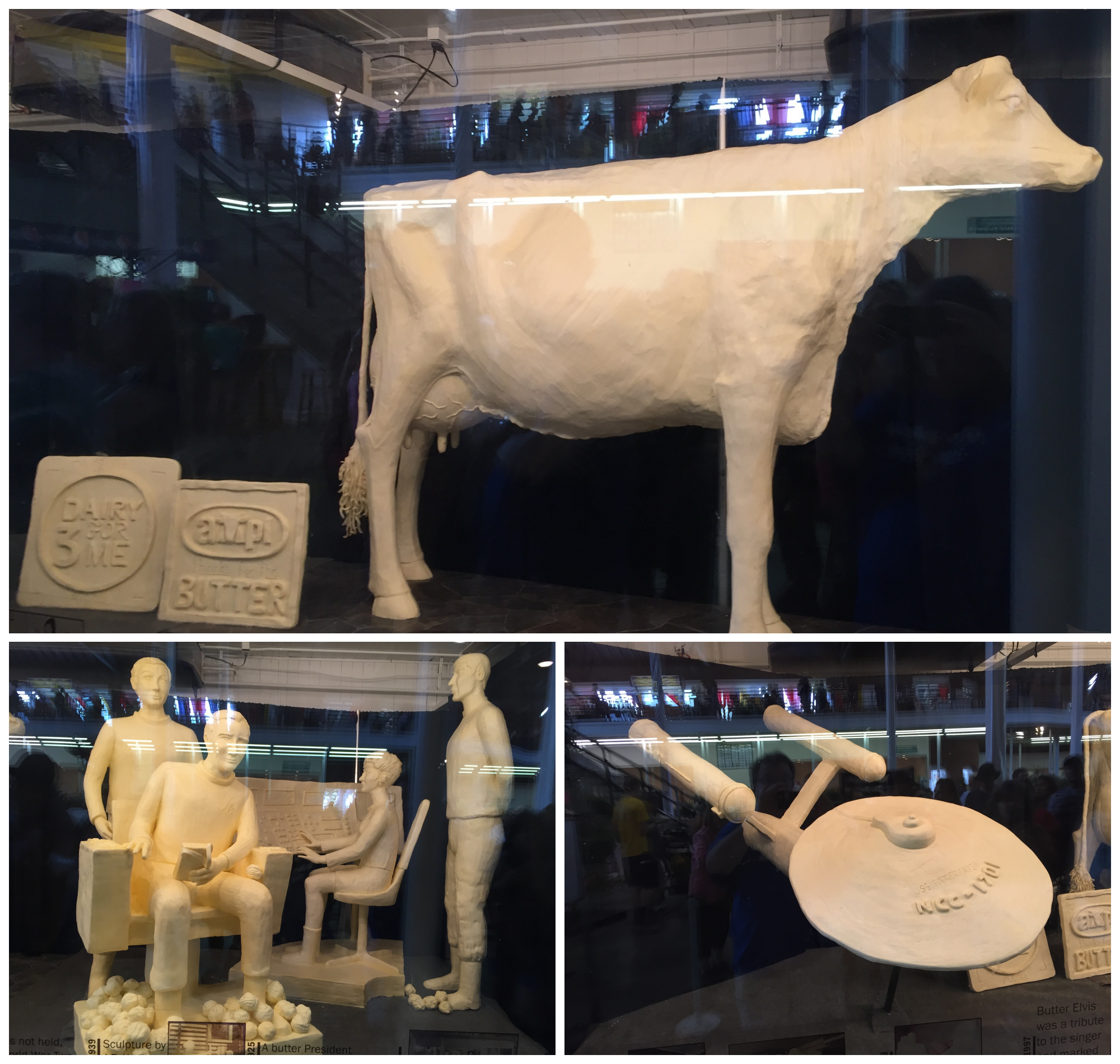
Of course, we also enjoyed the ice sculptures by Bill Gordish that stand beside the butter sculptures. We have never arrived at the State Fair early enough to watch them being carved, but thanks to Iowa Public Television, you can see Bill at work below. He has been designing ice sculptures for 30 years, with 26 of those years at the Fair. A sculpture typically begins as a 300-pound block of ice.
When we exited the Agriculture Building, we made our way up the hill to the Cultural Center. We passed the Fun Forest, where children played who had more energy than their parents who sat on benches, watching them.
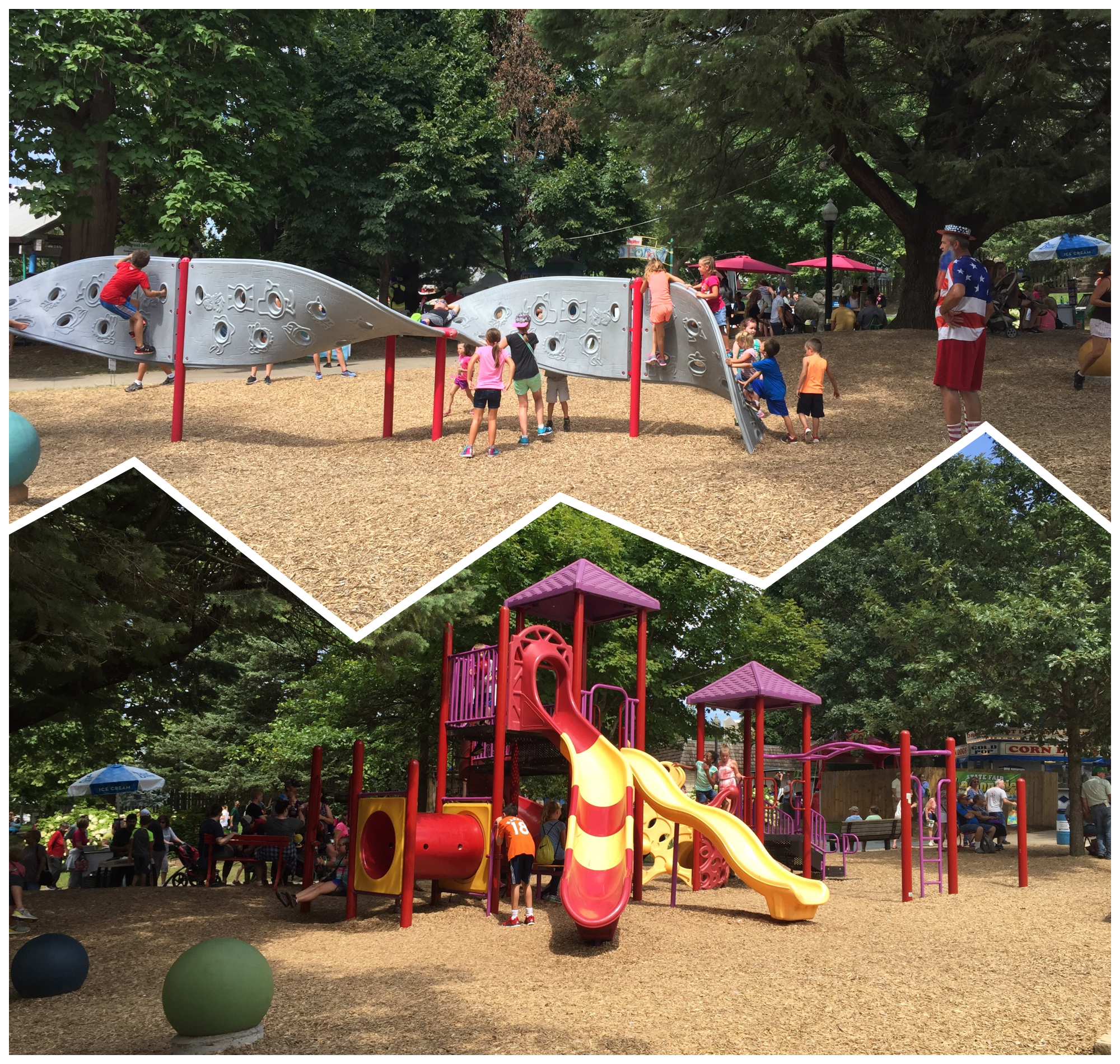
As we threaded our way past groups of people, we realized we were part of this year’s visitor statistics. Typically, more than one million people visit the Fair over the course of the 11-day, 162-year-old event. Many of them take advantage of the free entertainment that is around every corner. We did, too, catching our breath as we stopped to enjoy part of a Vocal Trash concert at the MidAmerican Energy Stage. The State Fair program describes this group as “Glee Meets Stomp,†and features—among other things—industrial-style drumming.
When we arrived at the Cultural Center, we were eager to view our friends’ blown glass pieces that had been accepted for display. Keith and Brenda Kutz are members of a glass-blowing club at Iowa State University called the Gaffer’s Guild.
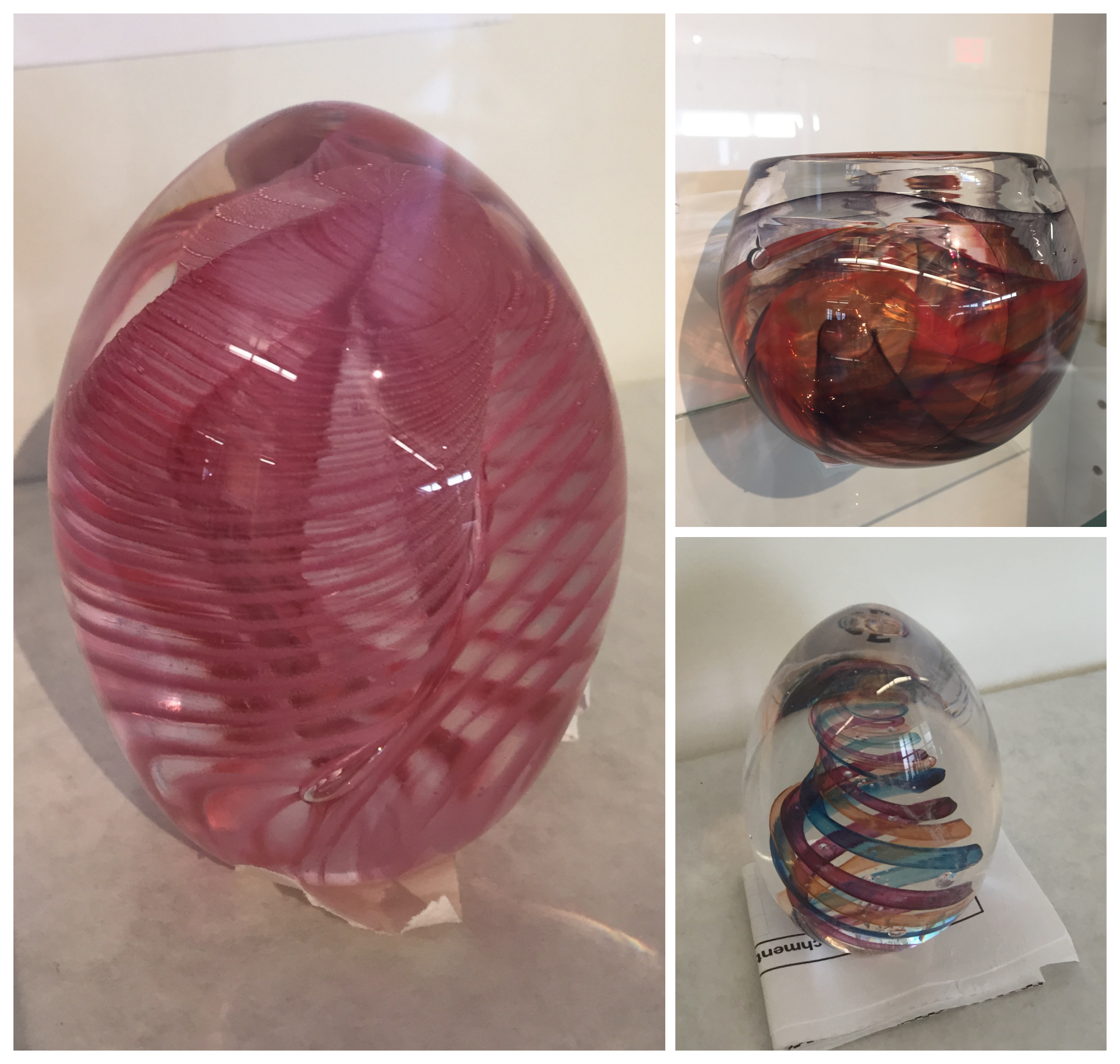
The Cultural Center features many types of fine arts and crafts, some of which include photography, wood carving, pottery, miniature dollhouse design, painting, jewelry design, glass blowing and much more. In several locations you can watch artists at work.
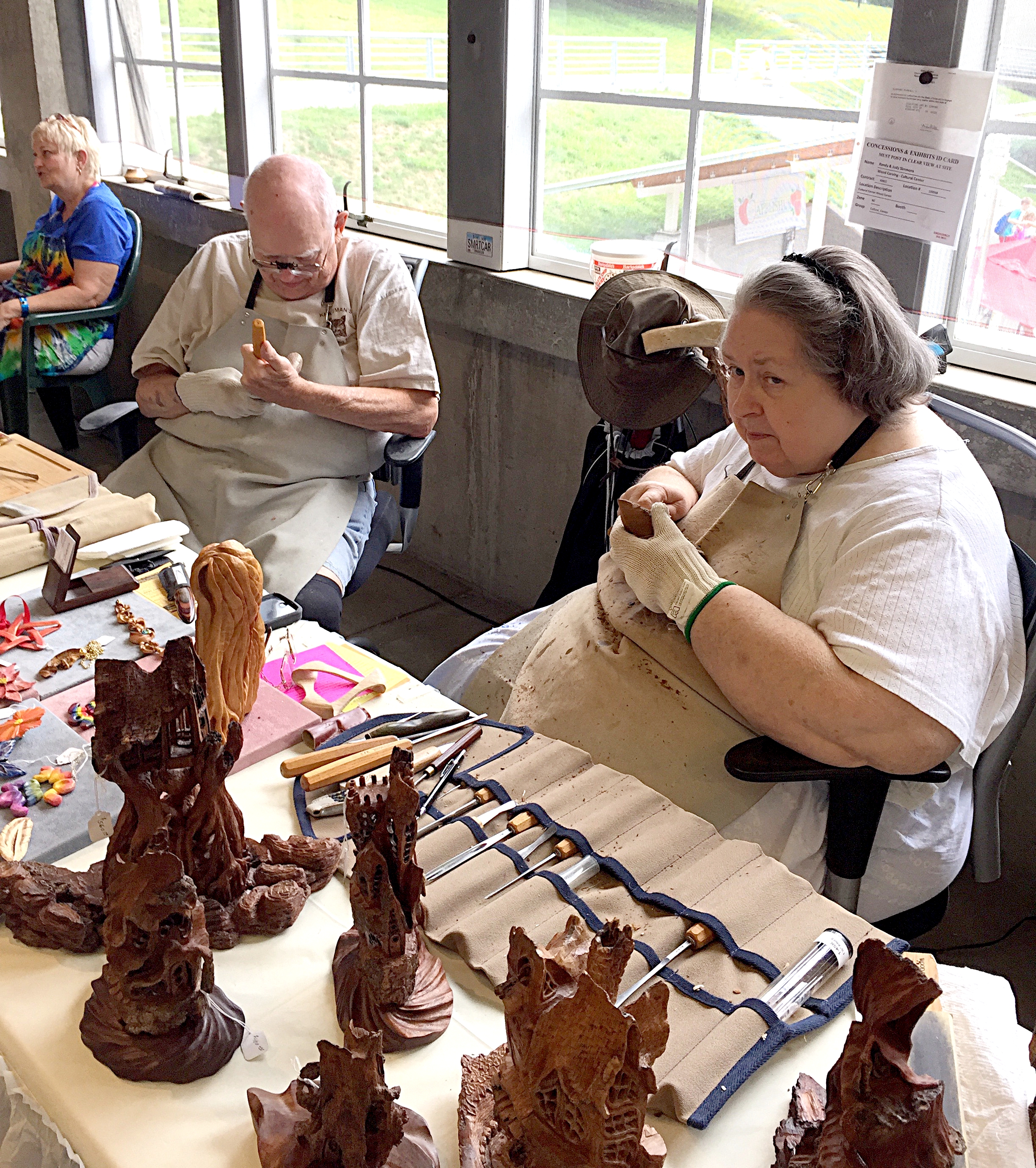
Some of the finished works of art that we admired are shown below. You never know what to expect.
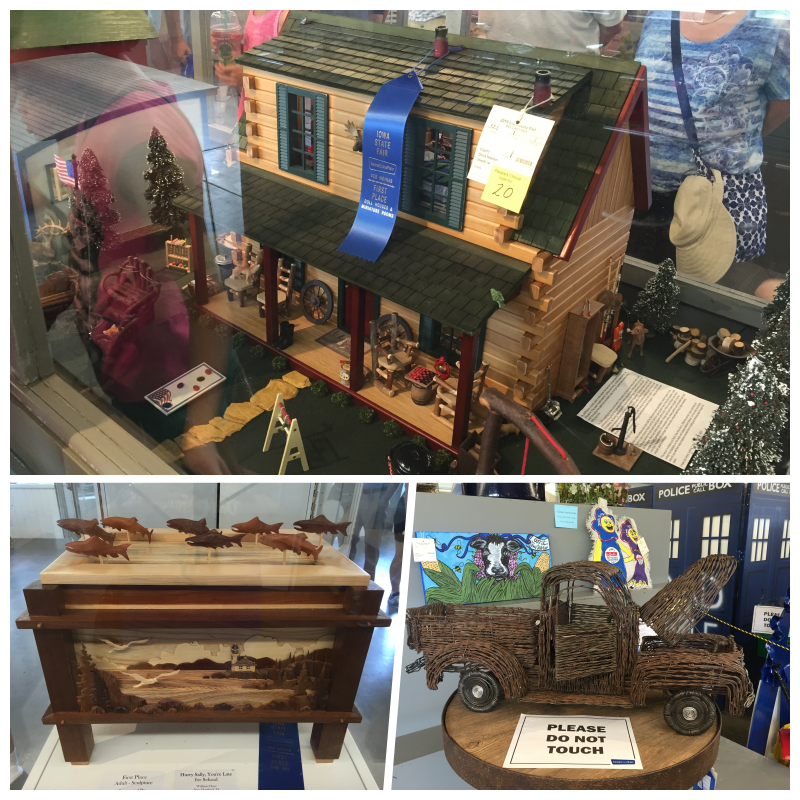
Our top-of-the-hill destination, of course, was Farm Bureau Pioneer Hall, an old building that is representative of many other State Fair buildings that pre-date World War I. Part of its charm is the high-raftered ceiling and large doorways left open to the air. The building is home to working exhibits and displays. There is a stage where talented fiddlers play, the Des Moines Senior Singers entertain, and The Final Act Ensemble Old Time Radio Show from the Des Moines Community Playhouse puts on a special show. There are piano, harmonica and accordion contests for both adults and young people, as well as yodeling. You’ll find a country-style antique market, an old-fashioned print shop, a blacksmith shop, a pottery shop, chair caning demonstrations, and much more. On Pioneer Hall’s lawn are working tractors from last century and hand mills where children can experience firsthand the effort it takes to grind grain.
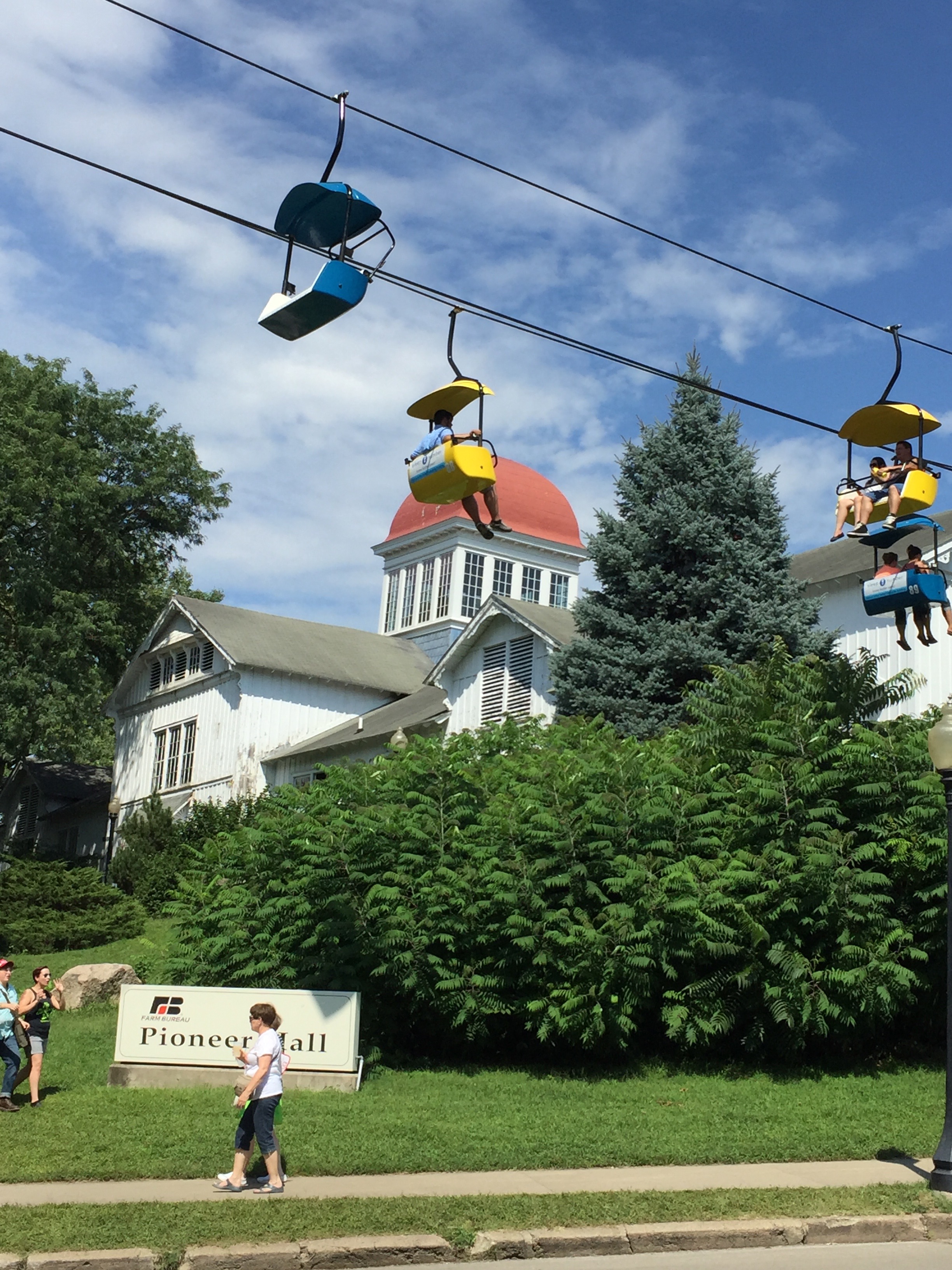
Many people come to the Iowa State Fair for Midway rides and games; they want to taste every type of food-on-a-stick that you can imagine and sample craft beers, and of course enjoy big-name musical entertainment such as KISS, Steven Tyler, and Lady Antebellum at the Grandstand. However, it is a fact that agricultural and industrial education is an important mission of the Iowa State Fair, providing a strong backdrop to everything you will experience on the fairgrounds. The Iowa State Fair is also “America’s classic state fair,†the biggest event in Iowa, and one of the oldest and largest agricultural and industrial expositions in the country. In 1987, it was named to the National Register of Historic Places. The Iowa State Fair is also the largest art show in the state, featuring fine art, handmade crafts, visual arts, and performing arts. Art is one of the main reasons that John and I visit the Iowa State Fair. Our son, David, and I have both entered our crafts into competition at past fairs, earning a few ribbons, and my success at the Fair is what propelled me to begin selling handmade goods.
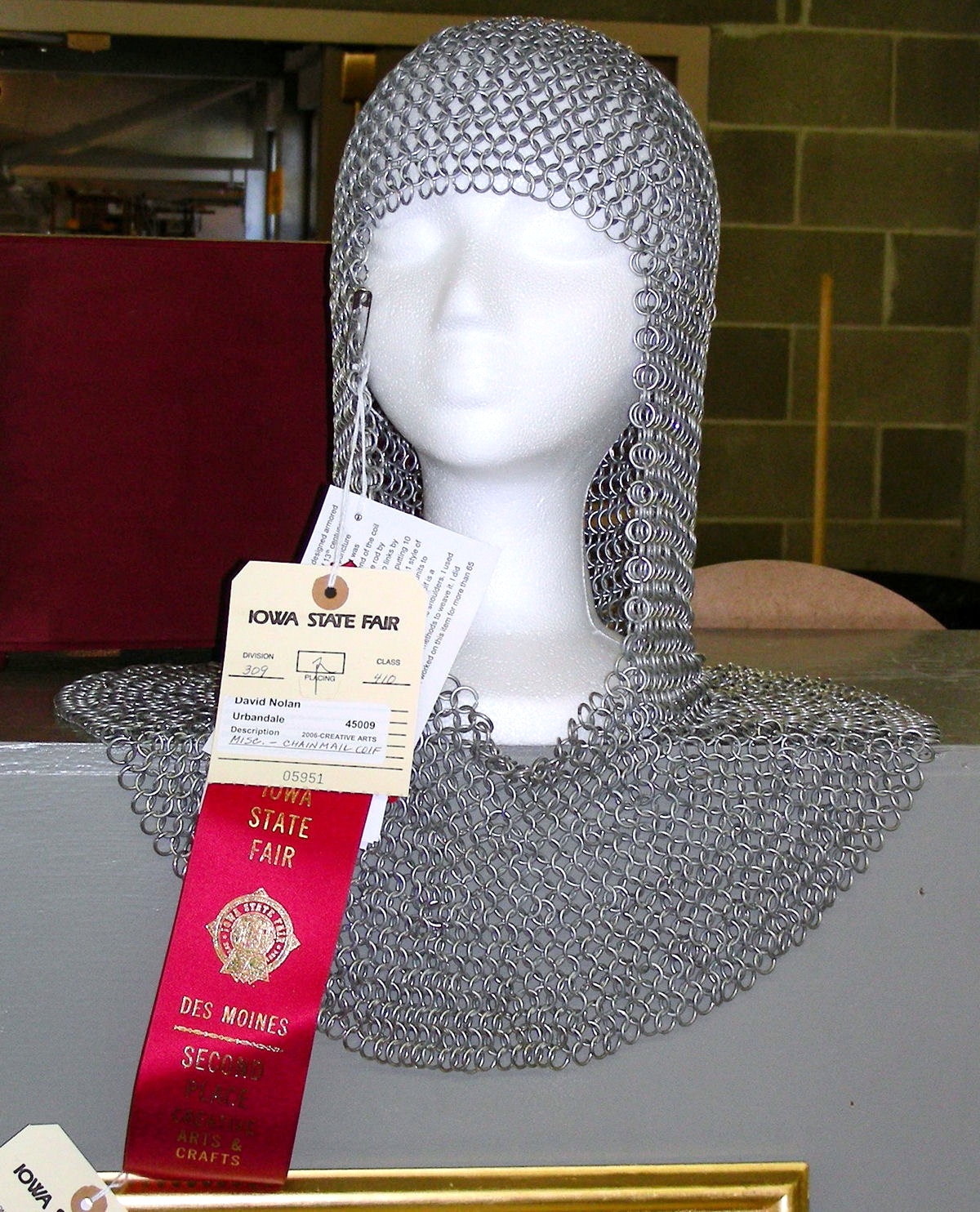
But I’m straying from our story. It was a hot and humid day outdoors—typical Iowa State Fair weather—with a sweltering 100 degrees inside Pioneer Hall. We rewarded ourselves for braving the hill with an icy hand-squeezed lemonade.
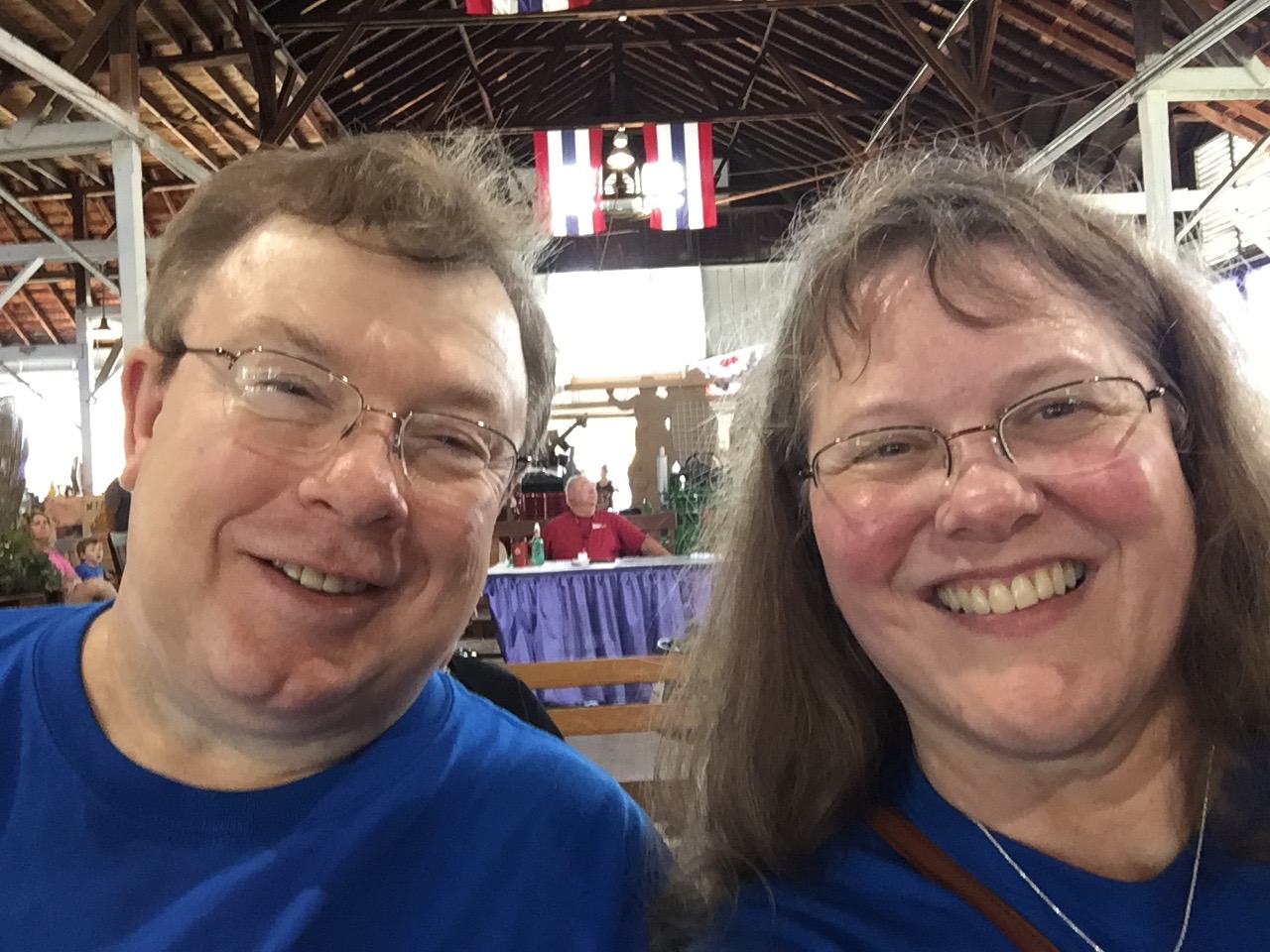
Then we visited one of our favorite spots, where artisans Jeff and Marlys Sowers of Pinicon Farm Crafts demonstrate the art of hand-coopered Shaker-style boxes and woven baskets. Jeff does the woodwork, while Marlys does the weaving.

Last year I purchased a two-section Shaker-style carrier, perfect for carrying spools of thread, buttons and my needle book from one location to another inside our home.
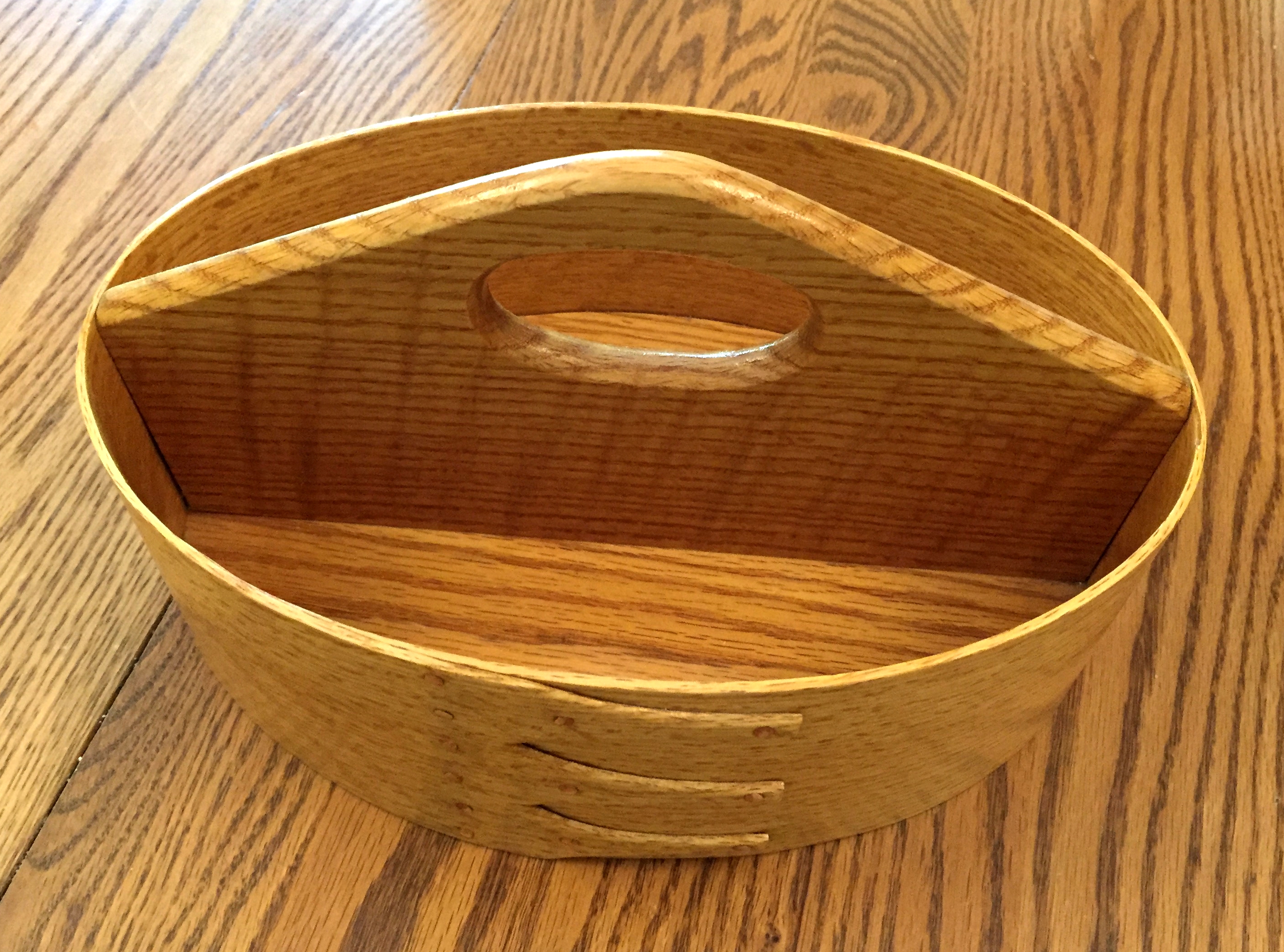
This year I bought the jewelry basket shown below that was made by Marlys over two molds, woven with cane. The staves are made of reed, the knob is bone ivory, and the cherry wood was turned by Jeff. When I asked Marlys how long it takes to weave such a basket, she told me it takes about 16 hours, plus another few hours for her husband to turn the wood and the entire basket to be dipped in a polyurethane glaze to preserve it.
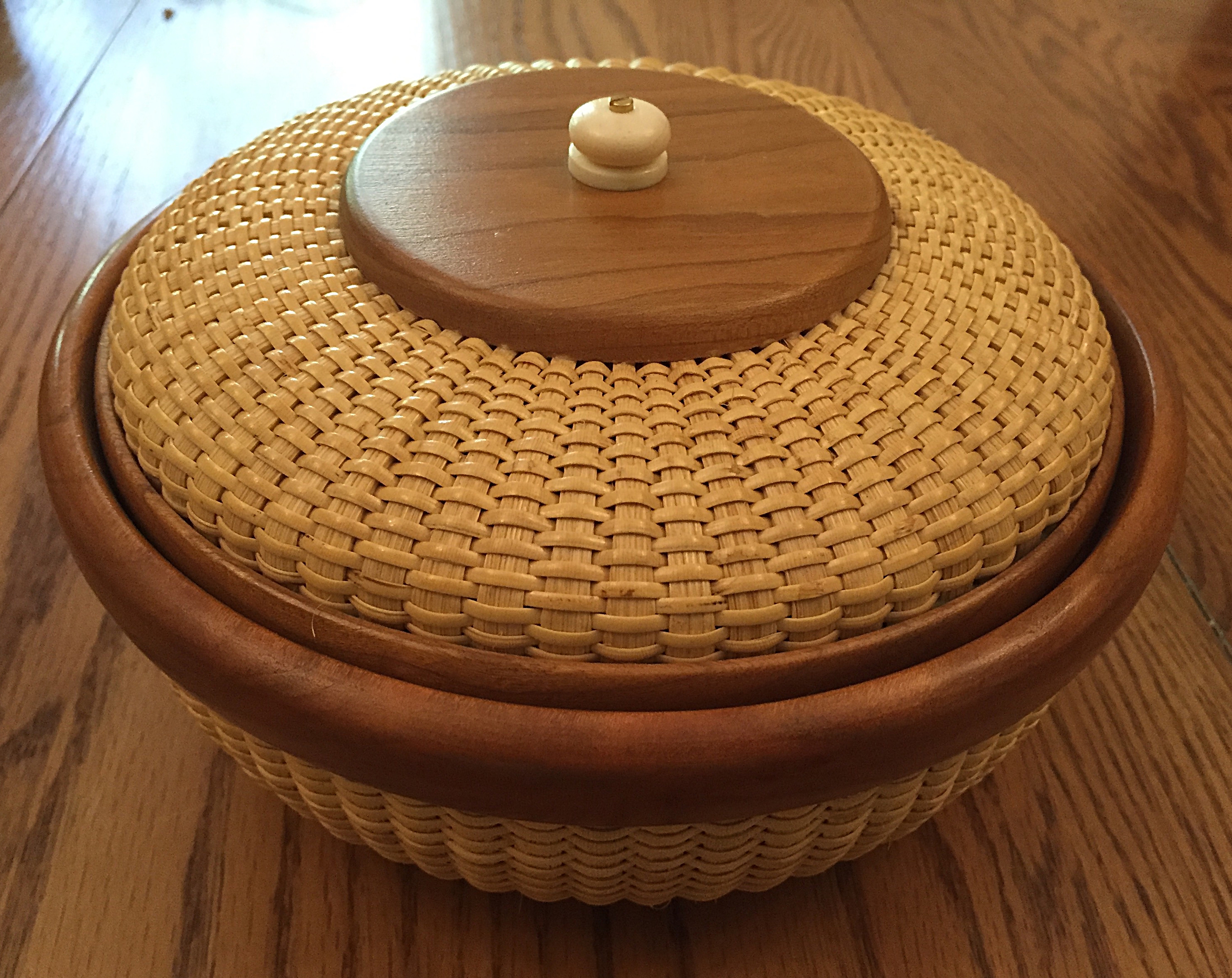
Always a highlight of our visit to the Pioneer Building is the 1920s-style newspaper and print shop that is set up against one wall. For a fee, you can have a flier printed for you.
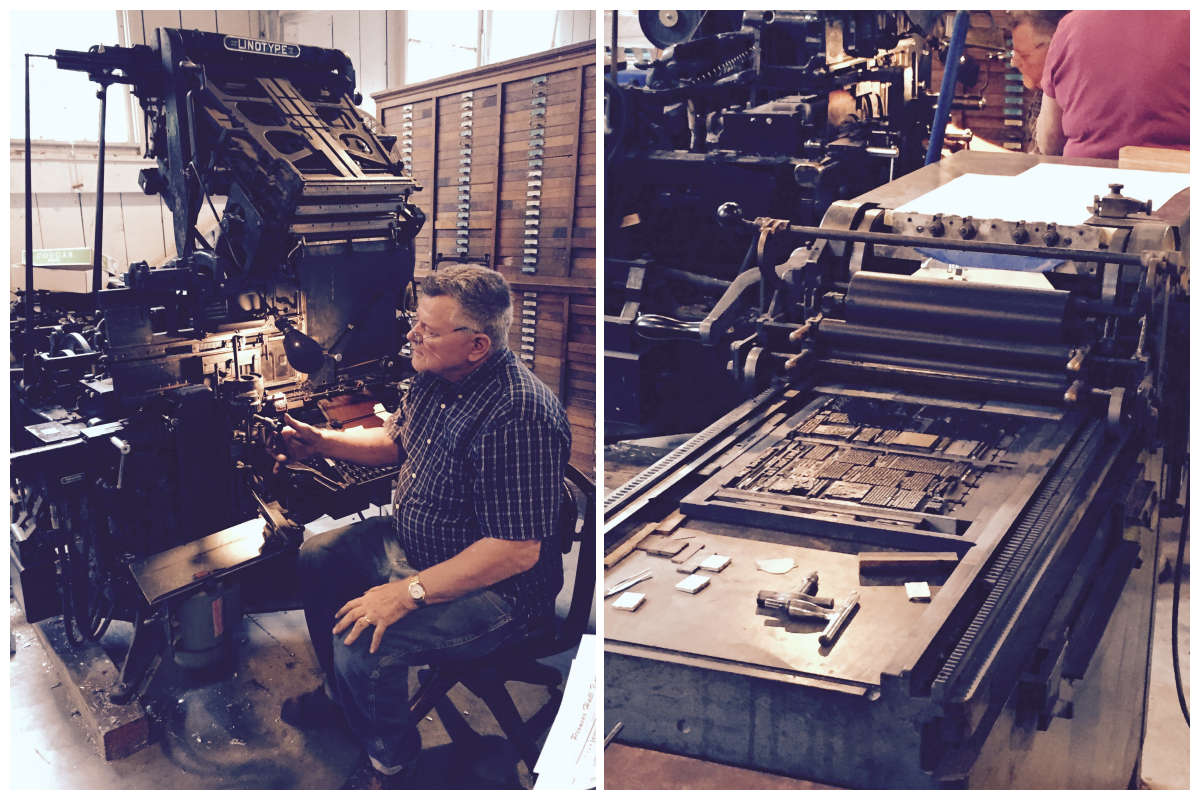
After we toured Pioneer Hall, we walked down the hill to the Varied Industries Building, where the Iowa Farm and Food Sandscape was still being built.
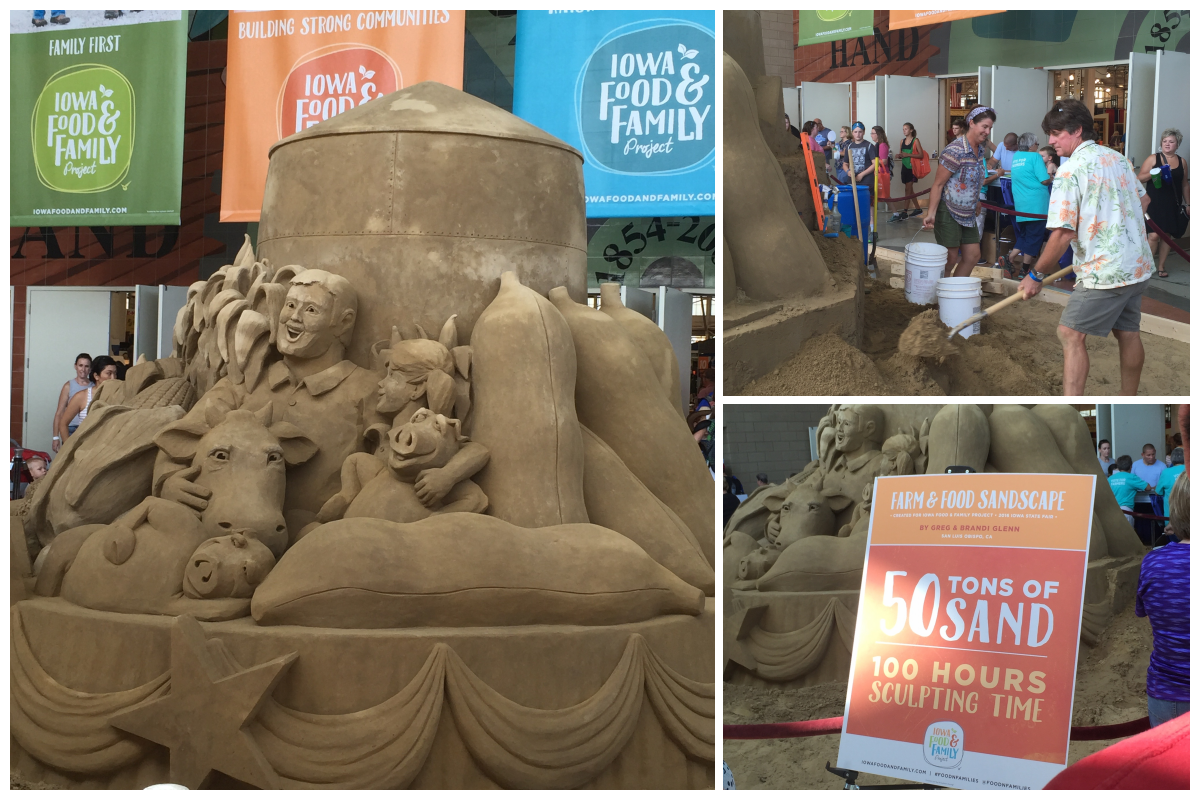
Upstairs, you’ll always find the Fabric and Threads exhibition. When we first moved to Des Moines, the exhibition was held beneath the Grandstand, but it eventually outgrew that space and relocated. The new space easily accommodates competitive quilts and other items such as needle arts, crochet, knitting, weaving and sewing. There is even a room dedicated to a sew-in every day from 9:00 a.m. to 9:00 p.m., where quilts are sewn for children with special needs. The Fabric and Threads items I especially enjoyed are shown below.
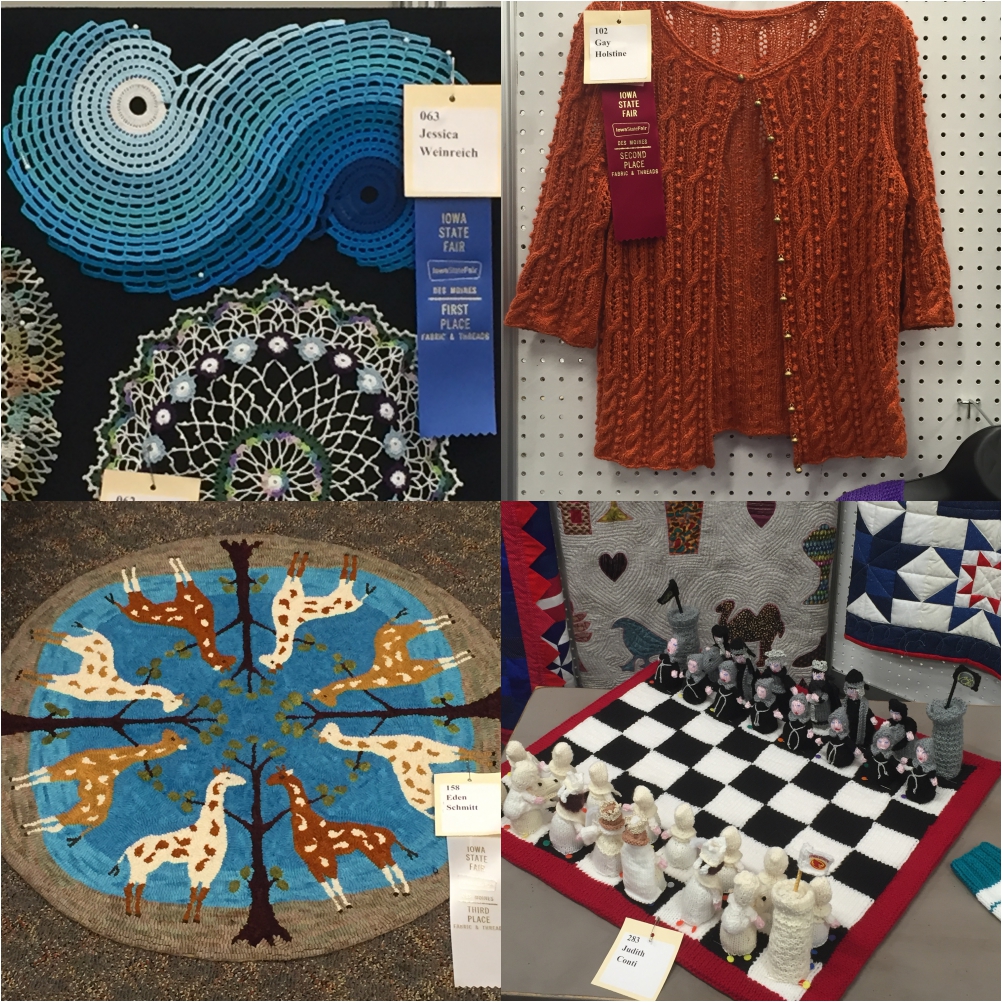
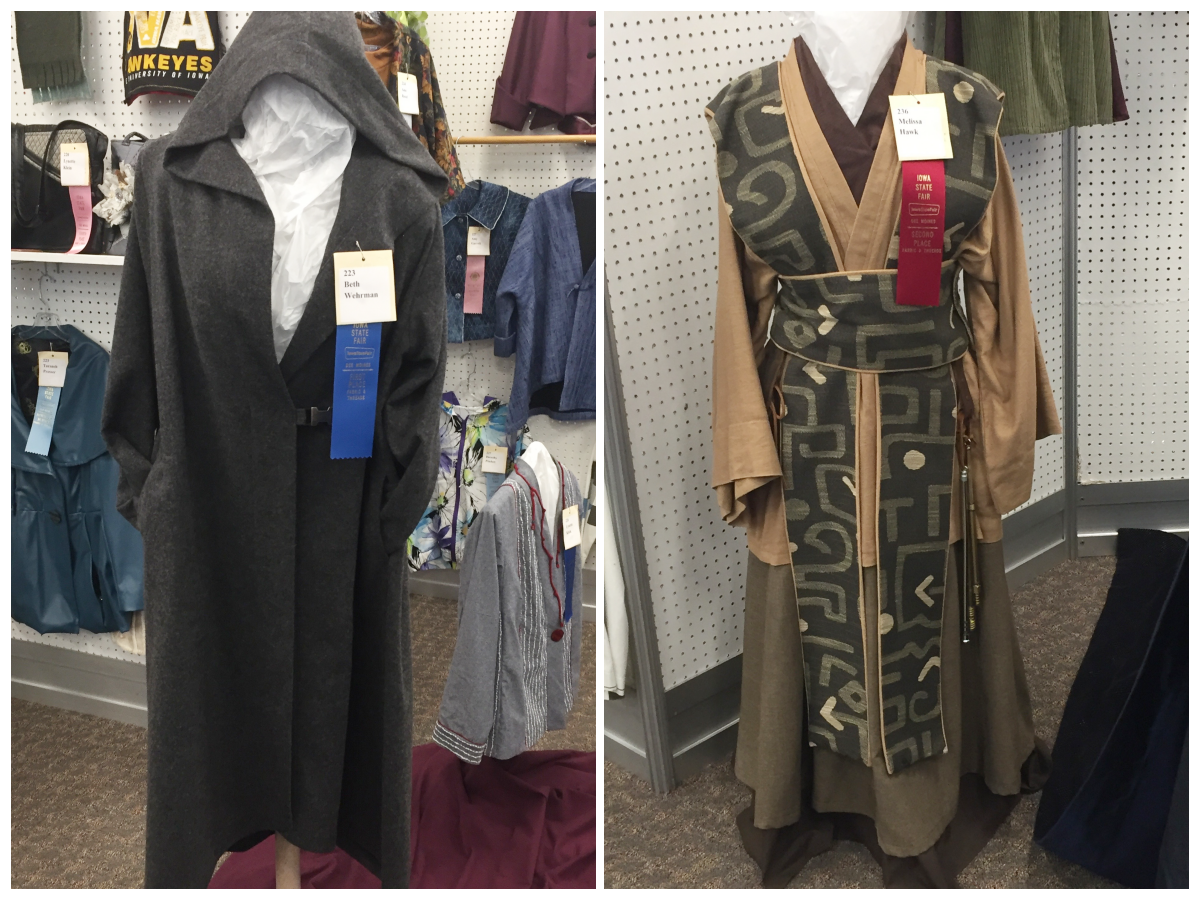
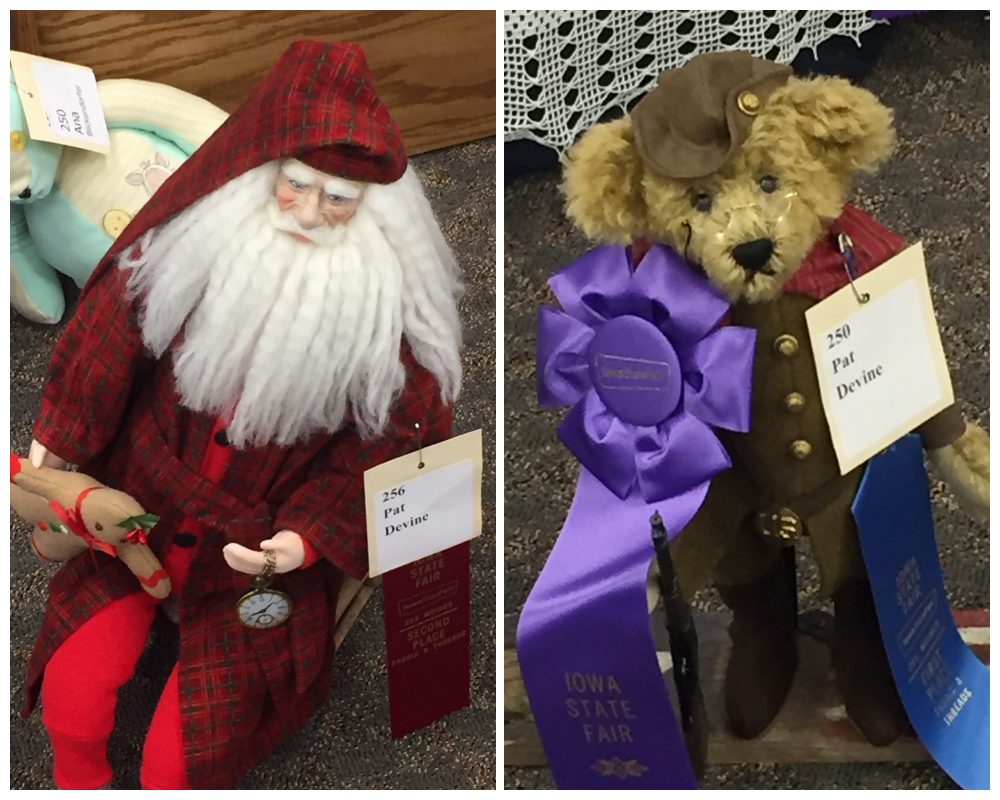
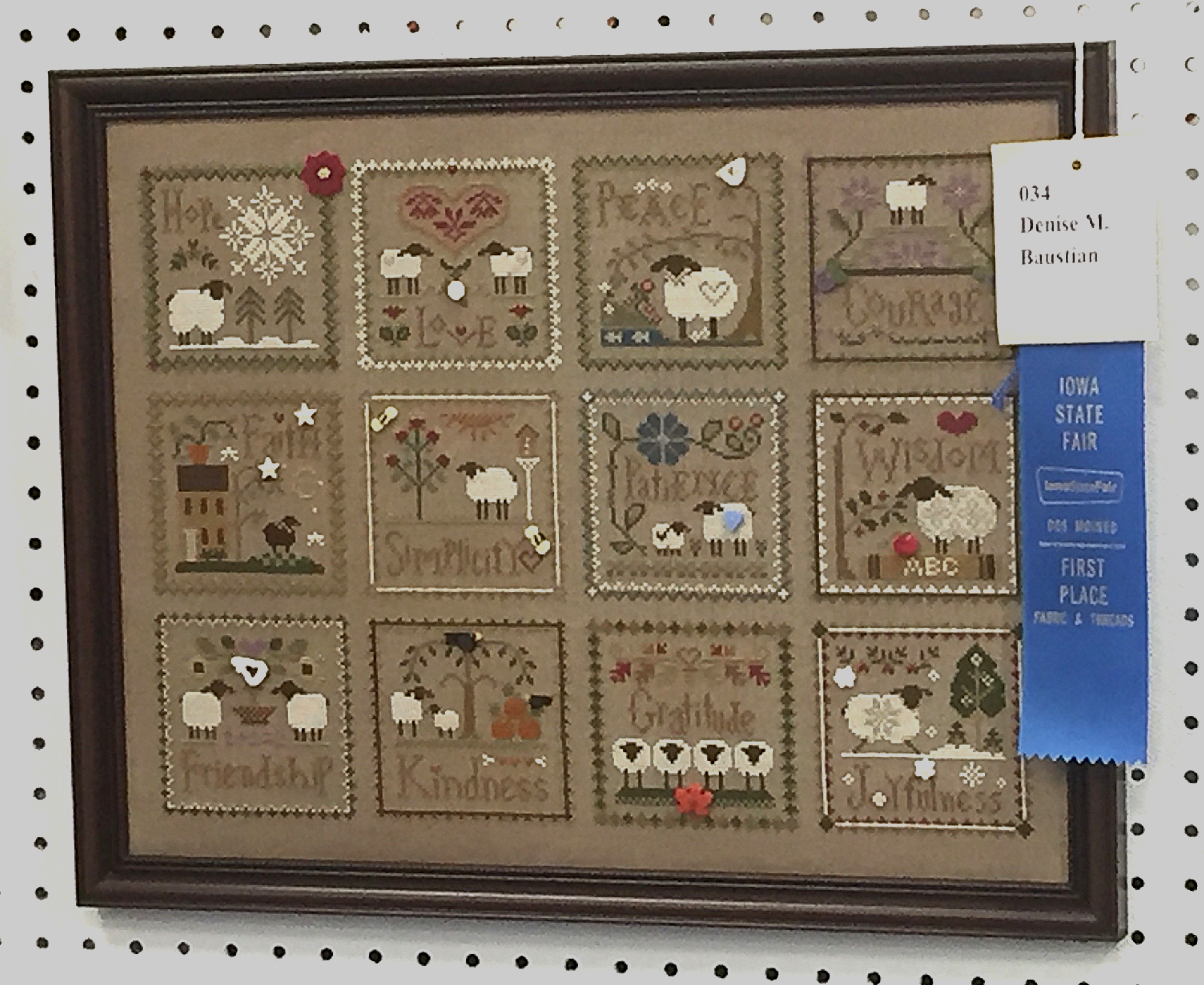
Every year that John and I visit the Iowa State Fair, we are never able to see everything that it offers. To do so, I suspect, would take more than the 11 days the Fair is held. Not even the families who camp on the edge of the fairgrounds, making the State Fair their annual family vacation, experience all there is to see and do. At the end of the day, our feet are sore, but our hearts and heads are filled with the sights, sounds, and scents of the Fair. And next year, of course, you know that we’ll be back.
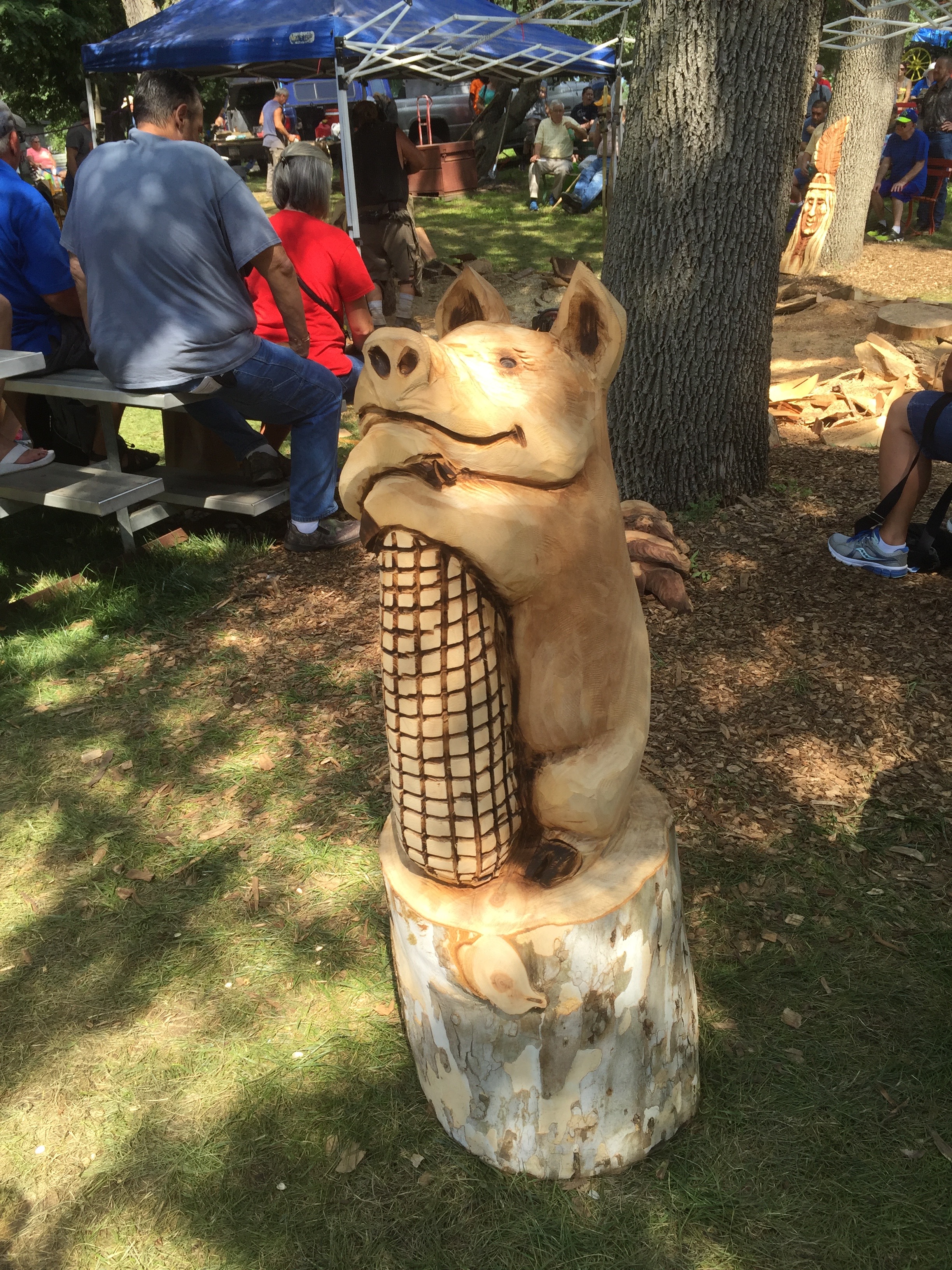
© 2016 Judy Nolan. All rights reserved.

Woah – so cool! I made my husband come over to look at all your photos. He said “I wish we had something like that!” Our “50th State Fair” is typically held in June…and it’s basically just some carnival rides set up in the parking lot of a football stadium. The Iowa State Fair looks so interesting. Thank you for sharing!
What an extremely group of talented artists. Each work is so beautifully crafted. Wish we had a State Fair around here, it looks like you both had an enjoyable day!
Wow! So much to see! How’d they keep the butter and ice from melting? I used to go to the Kansas State Fair when I was a kid but since have only been to last year’s Oregon State Fair. It wasn’t nearly as impressive as Iowa’s! We only went because a friend wanted to go see Gary Allen’s concert. I had no idea who he was but it was fun anyway!
The Butter Cow and ice sculptures are inside a refrigerated case with a glass front, which is why I have reflections in my photos.
This is an incredible review of a huge event. I grew up in Ohio, and the state fair there is a lot like this. The roots are in agriculture and craftsmanship, and there really is a wealth of culture and information at these events. The wood sculptures you showed us are amazing! Thank you so much for sharing more than the typical “food on a stick” side of the fair.